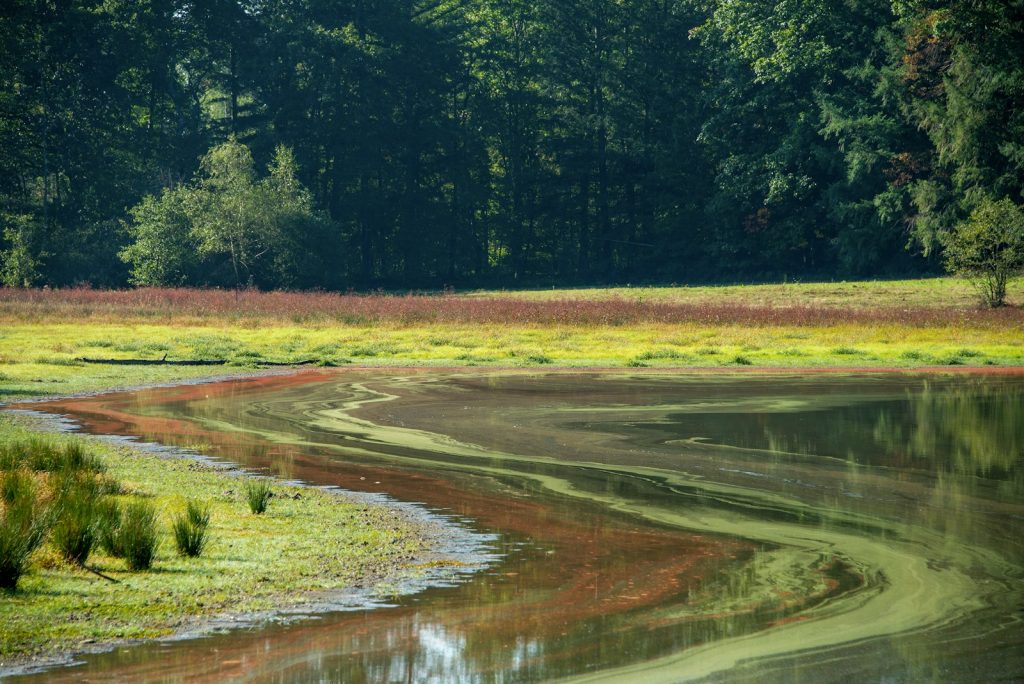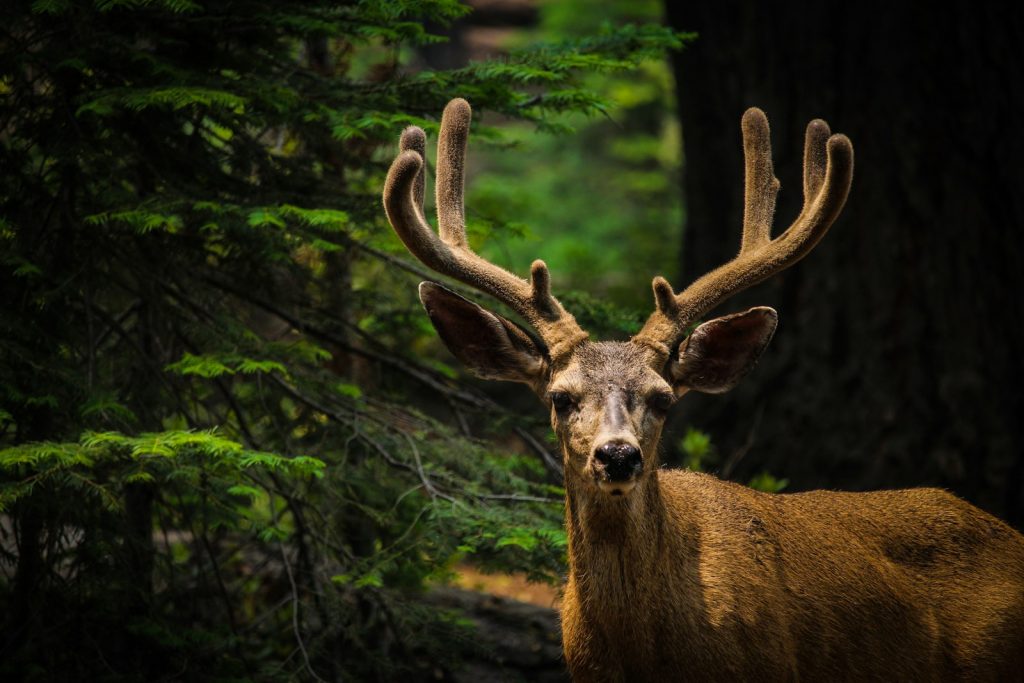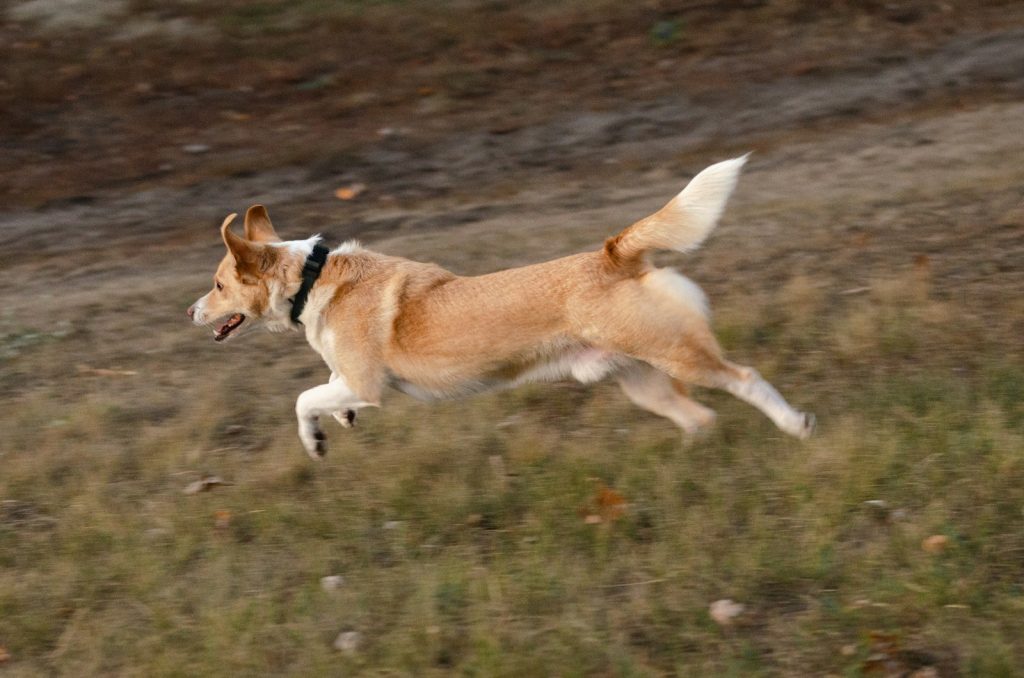Wetlands? They’re Washington’s Soul
Hey, fellow nature lovers! Think about the parts of Washington you love most. Is it the clean, cold rivers? The quiet marshes brimming with life? All that squishy, soggy goodness is what we call wetlands, and they are the unsung superheroes of our state. They’re the kidneys, the nurseries, and the climate regulators all rolled into one.
But let’s be honest: decades of development and neglect have taken a toll. Many of these vital spots are sick. This post isn’t just a list of facts; it’s a rallying cry. We’re diving into the science-based practices we can use right now to bring back the life, purity, and sheer magic of our marshes, streams, and lake edges. Let’s roll up our sleeves and give Washington’s water bodies the protection they deserve.
Why Wetlands are the Planet’s Best Filter
Picture this: every drop of rain that hits the ground eventually makes its way to a stream, lake, or the Sound. Without a healthy wetland in between, that water carries pollution, sediment, and yucky stuff right along with it.
Wetlands are nature’s perfect filtration system. They slow the water down, letting sediment settle out, and the plants absorb excess nutrients. They keep our salmon runs strong by providing cool, clean water and nursery grounds. They are the absolute heart of biodiversity, hosting an incredible array of life—from the tiny, musical chorus of native frogs to migrating birds and crucial insects. Restoring a wetland isn’t just a nice thing to do; it’s an essential act of protection for the entire ecosystem.
The Restoration Story: What to Know Before You Start
Every great story needs a solid beginning, and wetland restoration is no different. Before you touch a shovel, you have to read the land.
- Understand the Flow (Hydrology): Water is the main character here. You need to know where it comes from, how it flows through your site, and where it goes. Is it fed by groundwater or just rainfall? You might need to “re-plumb” the system—fixing an old ditch or removing a blockage like an unnecessary culvert—to get the water levels and flow just right.
- Soil and Topography: Wetlands need a specific kind of soil, but you also need microtopography—a mix of small pools, tiny dry hummocks, and slightly sloped edges. This variety is what makes the habitat rich for different species of wildlife.
- The Paperwork Prologue: We are protectors, and that means respecting the rules. Washington has strong protections for wetlands. Before you dig, a quick check with the local county and the Department of Ecology is a necessary step to ensure your restoration is both ethical and legal.
Planting the Narrative: Bringing Back Native Life
Once the water is flowing right, it’s time to bring back the green cast of characters. Native plants are the absolute MVPs. They’re adapted to the climate, don’t need fertilizer, and provide the exact food and shelter local wildlife evolved with.
- Go Local, Not Just Native: Source plants that are grown nearby. A plant from Eastern Washington might technically be “native,” but it won’t be as resilient in the damp conditions of the coast. Pro tip: Look for rushes, sedges, and wetland shrubs like willows and red-osier dogwood.
- Layer the Habitat: Don’t just plant one kind of thing. Create a layered habitat: tall trees for shade, dense shrubs for bird cover, and lower-growing plants to anchor the soil and provide frog habitat.
Fighting the Invaders: The Invasive Species Smackdown
Invasive species—like the aggressive Reed Canarygrass or the beautiful but destructive Purple Loosestrife—are antagonists in our story. They choke out native plants, creating a monoculture that provides almost no value to native wildlife.
The key is early, consistent action. Hand-pulling is always the best chemical-free option, but it needs to be followed up immediately by planting a dense wall of native plants. Think of the natives as the new defense force—they have to establish themselves before the weeds can stage a comeback.
Saving the Wetlands, One Step at a Time
Wetland restoration is a journey, not a destination. It requires patience, observation, and a deep respect for the complex science of nature. Whether you’re reclaiming a muddy edge or collaborating with a landowner to re-meander a stream, every single action you take is a powerful statement against habitat destruction and for the enduring health of Washington’s wild heart.


